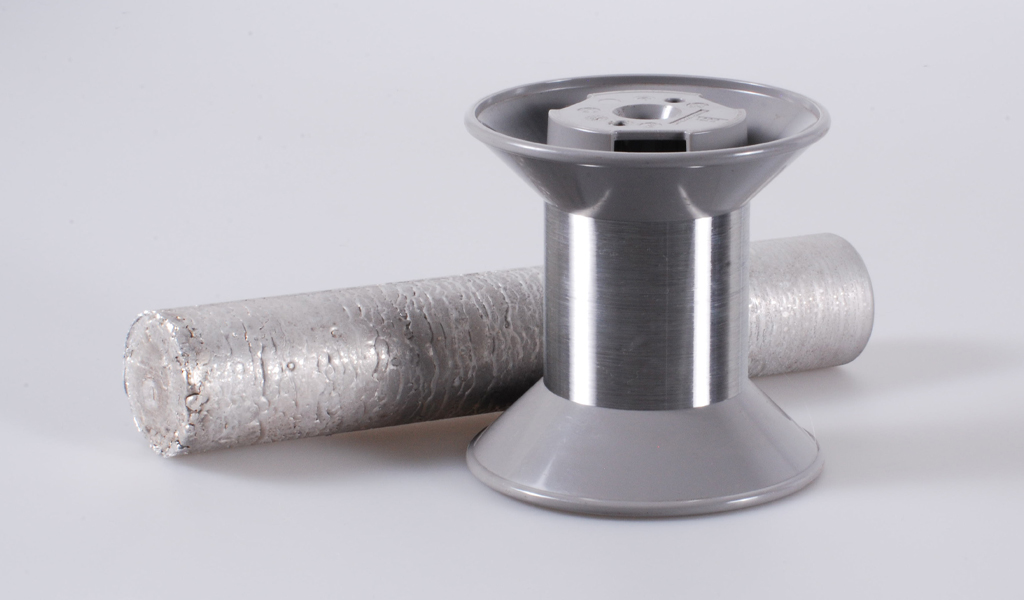Magnetic susceptibility of medical metals: New insights for MR conditional devices

Fort Wayne Metals is dedicated to pushing the boundaries of materials science, delivering precision-engineered solutions for the world’s most demanding applications. With expertise in advanced wire manufacturing, the company supports industries where performance, reliability, and innovation are paramount.
In this technical blog, Adam Griebel and Dr. Jeremy Schaffer provide insights into the materials, processes, and engineering advancements that drive better outcomes. This post serves as a high-level summary of our technical white paper, distilling key findings and practical applications.
A recent study, coauthored by Fort Wayne Metals and MED Institute researchers, provides valuable insights into the magnetic susceptibility of 45 metallic materials commonly used in medical devices. This research offers critical data for selecting materials in applications where MR safety is a concern.
Why magnetic susceptibility matters in medical devices
Magnetic susceptibility refers to a material’s degree of magnetization in response to an external magnetic field. In the medical field, this property is essential for devices that may be used in magnetic resonance (MR) environments. Materials with high magnetic susceptibility can:
- Cause image distortion in MRI scans
- Generate dangerous forces and torques within strong magnetic fields
- Impact the safety of implanted or external medical devices
To achieve an MR Conditional label, a device must be designed with materials that minimize these effects.
Key findings
The study measured the magnetic susceptibility of a wide range of metals and alloys, presenting results in ascending order. Key takeaways include:
- Titanium and Nitinol alloys: Extremely low magnetic susceptibility, making them ideal for MR-compatible implants
- Cobalt-chromium (CoCr) alloys: Moderate susceptibility but often acceptable for certain applications
- Stainless steel: Vary widely depending on composition and cold working, with some grades exhibiting significantly higher susceptibility
- Nickel-based alloys: Generally higher susceptibility, which can limit MR compatibility
Material selection for MR Conditional devices
For medical device manufacturers, this data supports informed material selection
- Best choices for MR compatibility: Titanium and Nitinol alloys
- Moderate risk materials: Certain CoCr alloys and austenitic stainless steels
- High susceptibility materials to avoid: Cold-worked stainless steels and some nickel-based alloys
Conclusion
This study provides a comprehensive reference for selecting medical metals based on magnetic susceptibility. By considering this factor early in the design process, manufacturers can enhance MR safety, improve imaging quality, and ensure compliance with MR Conditional labeling standards.
For a detailed list of tested materials and their susceptibility values, please visit here.
Want to discuss how our materials may support your next innovation? Connect with our team!
Categories: R&D Insights, Materials Science, Medical Device Innovation

